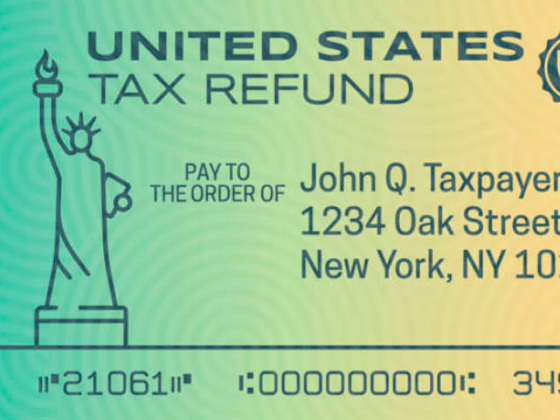If you didn’t save anything last year, strive to save at least 10 percent this year. If you saved 10 percent, strive to increase it to 15 percent or 20 percent this year.
Increasing your savings usually comes from two sources. Either you increase your income (possibly by taking on a second part-time job if necessary), or you decrease your expenses. Most folks have plenty of opportunity in their spending habits to make significant cuts, so decreasing your expenses is the first place to start.
Establishing a savings plan so it occurs automatically – and before you pay your other bills each month – is called “pay yourself first.” It is a valuable tool as you strive to become more financially secure.
Setting up a “pay yourself first” system so that the amount you want to save each month is swept into a savings account or an investment account automatically has multiple benefits. It will help you reduce your expenses.
During the first few months, you may find that you have less money at the end of the month, and you will tighten your budget and realize that you no longer want to spend money on unnecessary items. Within a few months you will not notice that the money remaining each month is less, and you will adjust to spending the lower amount.
The “pay yourself first” strategy will also show you how quickly you can save a significant amount. Instead of hoping that there will be money left over at the end of the month for savings (and knowing that there rarely is), you will be proactively taking control of your financial future.
Tax refunds and bonuses should be saved. Often, people look at tax refunds and bonuses as “free money,” and the money is spent quickly. Instead, recognize that this money provides a golden opportunity to increase your savings, and therefore, your financial security.
I recommend that my clients save and invest at least 50 percent of any tax refund or bonus. (The remaining 50 percent can be spent on a nice weekend away, on home maintenance, or on a new washer and dryer).
There are also periods that lend themselves to drastically increasing your savings. Paying off a mortgage or a car loan suddenly frees up the “old” monthly payment to all go into savings. When kids move out of the house, suddenly the grocery bill may decrease significantly.
Be diligent in looking for these opportunities. These are sometimes referred to as “burst” savings because they are like a burst of energy to your investment accounts and your financial security.
Salary increases also provide an excellent opportunity to direct the additional income to savings. If your employer provides an annual increase, direct the amount of the increase to savings. You will still be receiving the same take-home pay so you will not notice a change.
Discussing your savings with your children can plant a powerful seed for how they handle money throughout their lives. Teach your children and grandchildren that they should save at least 15 percent and preferably 20 percent.
Beginning with their first summer job, a teenager should start saving at least 15 percent of their earnings. This should then continue throughout their career, and they will be on the path to financial security.
One of the best ways to “free up” money for savings, is to eliminate some expenses. A previous blog entry gives tips for cutting your expenses.
Photo by: Tax Credits


